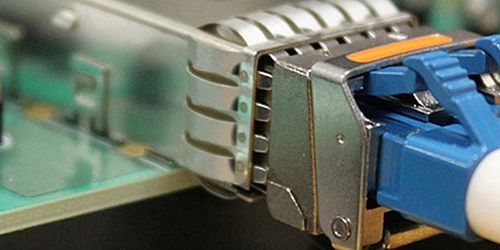With the development of large-scale 5G existing network pilots and the accelerated pre-commercial process, 5G bearer technology solutions will continue to strengthen integration and innovation. The role of optical fiber modules in data centers cannot be ignored, especially in today’s data centers where bandwidth requirements are getting higher and higher, optical modules have even restricted the development of data centers to a certain extent, so I hope that more and more enterprises join the optical module market to promote the faster development of the optical module market. we could proceed from below five aspects.
1. Miniaturization of fiber optical module
As the core component of the optical fiber access network, the optical transceiver module has promoted the development of the trunk optical transmission system towards low cost, making the configuration of the optical network more complete and reasonable. Traditional optical fiber modules with separate lasers and detectors have been difficult to adapt to the requirements of modern communication equipment. To meet the needs of communication equipment, optical fiber modules are developing towards highly integrated small packages.
2. Low cost, low power consumption
The volume of communication equipment is smaller and smaller, and the interface density of the interface board is higher and higher, which requires the development of optoelectronic devices in the direction of low cost and low power consumption. At present, optical devices generally use hybrid integrated technology and hermetic packaging technology. The next step of development will be non-hermetic packaging, which needs to rely on passive optical coupling (non-X-Y-Z direction adjustment) and other technologies to further improve the degree of automated production and reduce costs. In particular, the preamplifier that processes high-speed, small-signal, and high-gain uses GaAs technology and technology. The development of SiGe technology enables the yield and manufacturing cost of such chips to be well controlled, while further reducing power consumption.
3. High speed
People have more and more requirements for the amount of information and faster information transfer rates. As the main pillar of modern information exchange, processing and transmission, optical communication networks have been developing towards ultra-high frequency, ultra-high-speed, and ultra-large capacity. The higher the rate and the larger the capacity, the smaller the cost of transmitting each information. The current hot spots for long-distance and large capacity are 10Gbit/s and 40Gbit/s. From the current stage of circuit technology, 40Gbit/s is close to the limit of “electronic bottleneck”. No matter how high the rate is, the problems caused by signal loss, power dissipation, electromagnetic radiation (interference), and impedance matching are difficult to solve. Even if it is solved, it will cost a very high price.
4. Long-distance
Another development direction of fiber optic modules is long distance. Nowadays, the laying distance of optical networks is getting farther and farther, which requires remote transceivers to match them. A typical long-range transceiver signal can transmit at least 100 kilometers without amplification. Its purpose is to save expensive optical amplifiers and reduce the cost of optical communications.
5. Hot-swap
The future optical fiber module must support hot-swappable, that is, the module can be connected or disconnected from the device without cutting off the power supply. Because the optical fiber module is hot-swappable, network managers can upgrade and expand the system without shutting down the network. The user will not cause any impact. Hot pluggability also simplifies the overall maintenance work and enables end-users to better manage their transceiver modules. At the same time, due to this hot-swap performance, the optical fiber module enables network managers to make overall planning for the cost of sending and receiving, link distances, and all network topologies by network upgrade requirements, without the need to replace all the system boards.
Topfiberbox will continue to supply top-rated fiber optics products (fiber distribution boxes, terminal boxes, pigtails, etc) to adapt to 5G development.

 Fiber Optic Termination Boxes
Fiber Optic Termination Boxes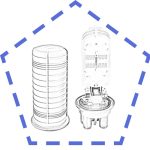 Fiber Optic Splice Enclosures
Fiber Optic Splice Enclosures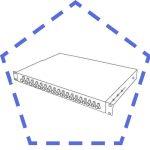 Fiber Patch Panels
Fiber Patch Panels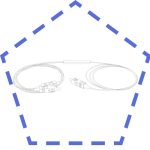 Fiber Optic Splitters
Fiber Optic Splitters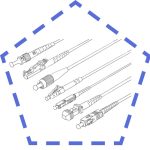 Fiber Optic Pigtails
Fiber Optic Pigtails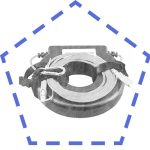 OTDR Launch Cables
OTDR Launch Cables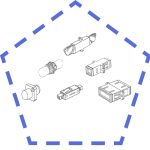 Fiber Optic Adapters
Fiber Optic Adapters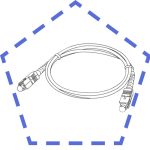 Fiber Optic Patch Cords
Fiber Optic Patch Cords